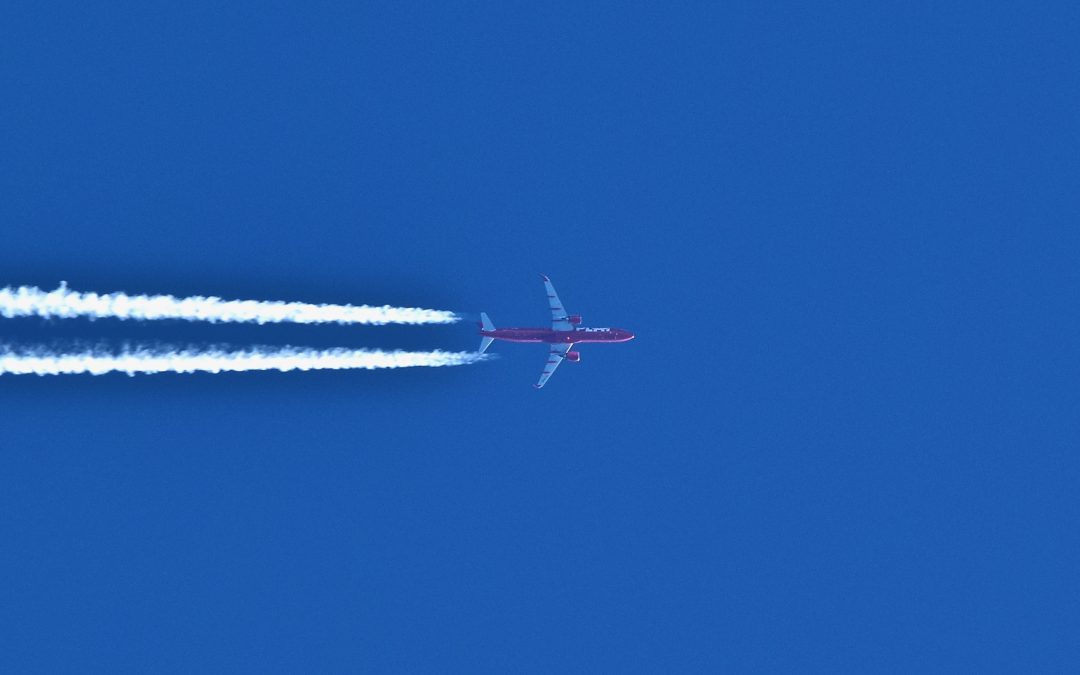For aviation enthusiasts and plane spotters in the the world over, there’s nothing quite as impressive as witnessing the classic scene of aircraft tearing across the skies.
However, in recent years, the Federal Aviation Administration’s (FAA) implementation of the Privacy ICAO aircraft address (PIA) program has brought about significant implications for plane spotters particularly in the USA.
While the PIA system is designed to enhance aviation safety and security, it has inadvertently impacted the way spotters track aircraft and raised concerns about the exposure of aircraft owners’ identities.
Plane spotting, once an analog hobby with binoculars and notebooks, has evolved with technology. Today, aviation enthusiasts rely on a vast array of digital tools and websites to track and identify aircraft. Flight tracking apps and websites like FlightRadar24 and PlaneFinder offer real-time data on flight paths, altitude, and aircraft type. These platforms draw from various data sources, including ADS-B (Automatic Dependent Surveillance-Broadcast) signals transmitted by aircraft.
FAA PIA System and Obfuscated Aircraft Identity
To protect the privacy of certain aircraft owners, the FAA implemented the LADD system in 2016. The LADD system allows aircraft owners to request the temporary blocking of their aircraft’s registration information from publicly available databases and tracking services. Consequently, when a spotter views the aircraft using flight tracking services, the aircraft’s registration number, and the owner’s identity among other things may appear obfuscated or hidden.
Impact on Plane Spotters
The FAA’s PIA system has presented challenges for plane spotters. On the positive side, the PIA system contributes to the protection of personal information for aircraft owners who may have legitimate reasons for maintaining their privacy – the truth is that in the main spotters don’t care who is on the plane, such as security concerns or corporate interests. However, for spotters, it means that certain aircraft they encounter may appear with generic or “blocked” registration data, making it challenging to identify the specific aircraft its owner or operator which is something that spotters would like to know.
Balancing Privacy and Enthusiast Interests
The challenge lies in striking a balance between individual privacy rights and the interests of aviation enthusiasts. Plane spotters have traditionally contributed valuable data to the aviation community, aiding in aircraft identification, safety reporting, and even historical research. With the PIA system in place, some spotters argue that they have lost access to crucial data, making it harder to maintain their hobby or contribute to the aviation community effectively.
Addressing Concerns and Encouraging Transparency
To address these concerns, the FAA and aviation industry stakeholders should consider promoting transparency and open communication. Aircraft owners who choose to utilize the PIA system could be encouraged to voluntarily share their aircraft information with trusted aviation communities and platforms to ensure that plane spotters can continue their passion responsibly and safely.
Conclusion
The FAA’s PIA system has undoubtedly brought about significant implications for plane spotters in the United States. While privacy and security concerns are essential to address, it is crucial to find a middle ground that respects the rights of aircraft owners while also allowing aviation enthusiasts to continue their hobby and contribute positively to the aviation community. By fostering open dialogue and transparency, we can work towards finding a balanced approach that benefits both parties and promotes the safety and enjoyment of aviation enthusiasts across the nation. After all there is a certain amount of information that we as spotters don’t care about, in the main spotters just actually want to know about the aircraft – see us standing by an airport fence and you’ll realise that we don’t care about the who – only the what!
